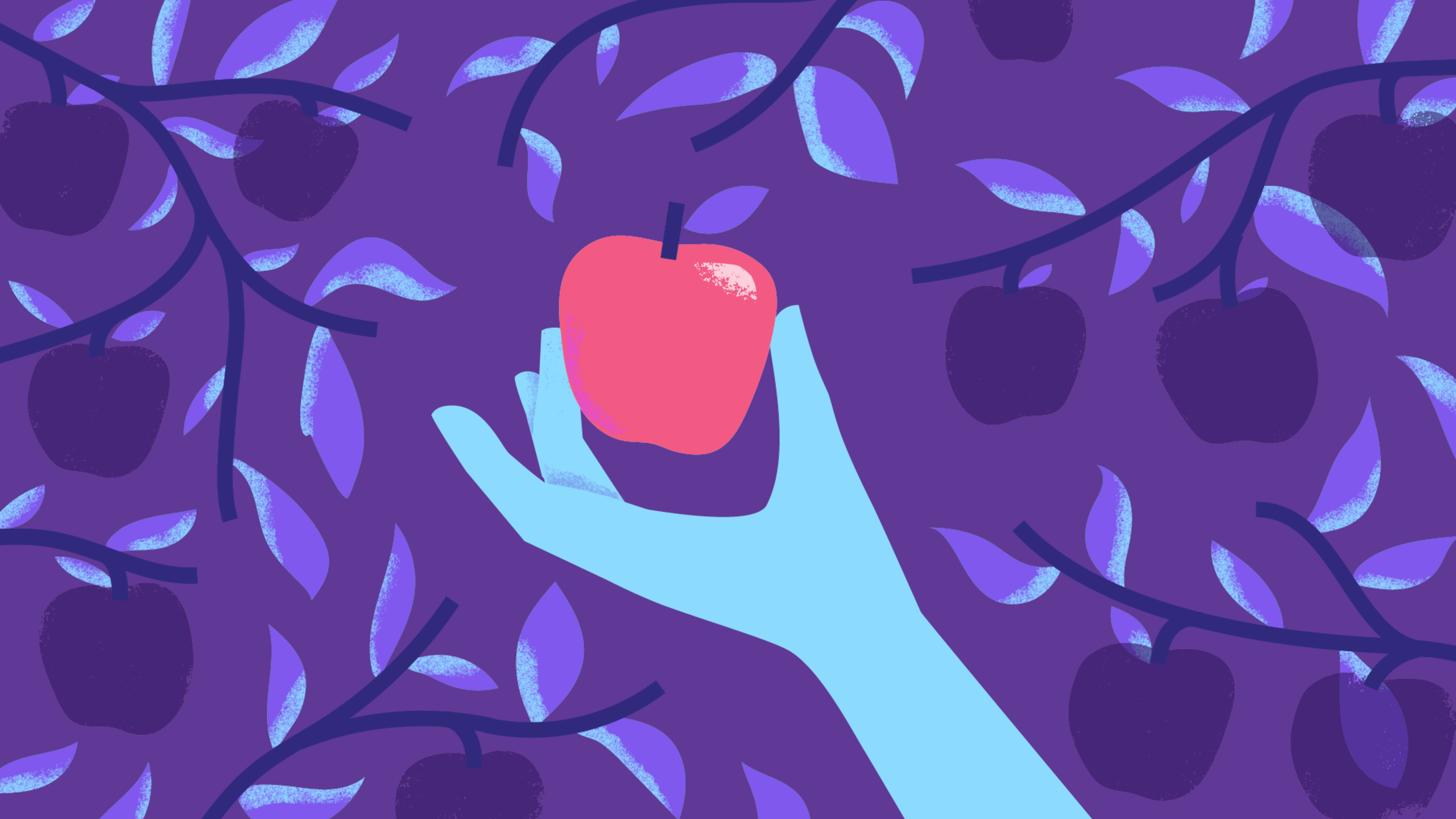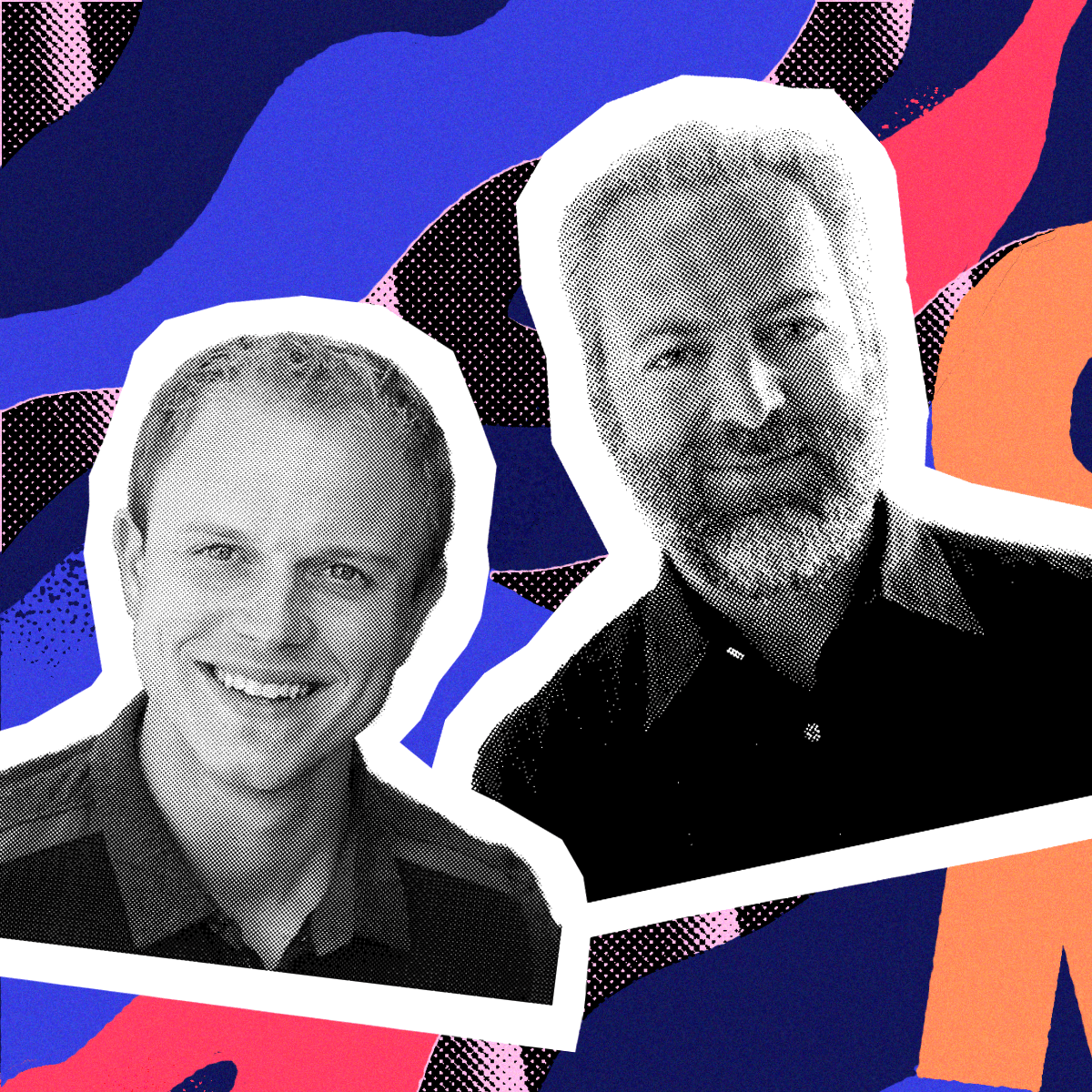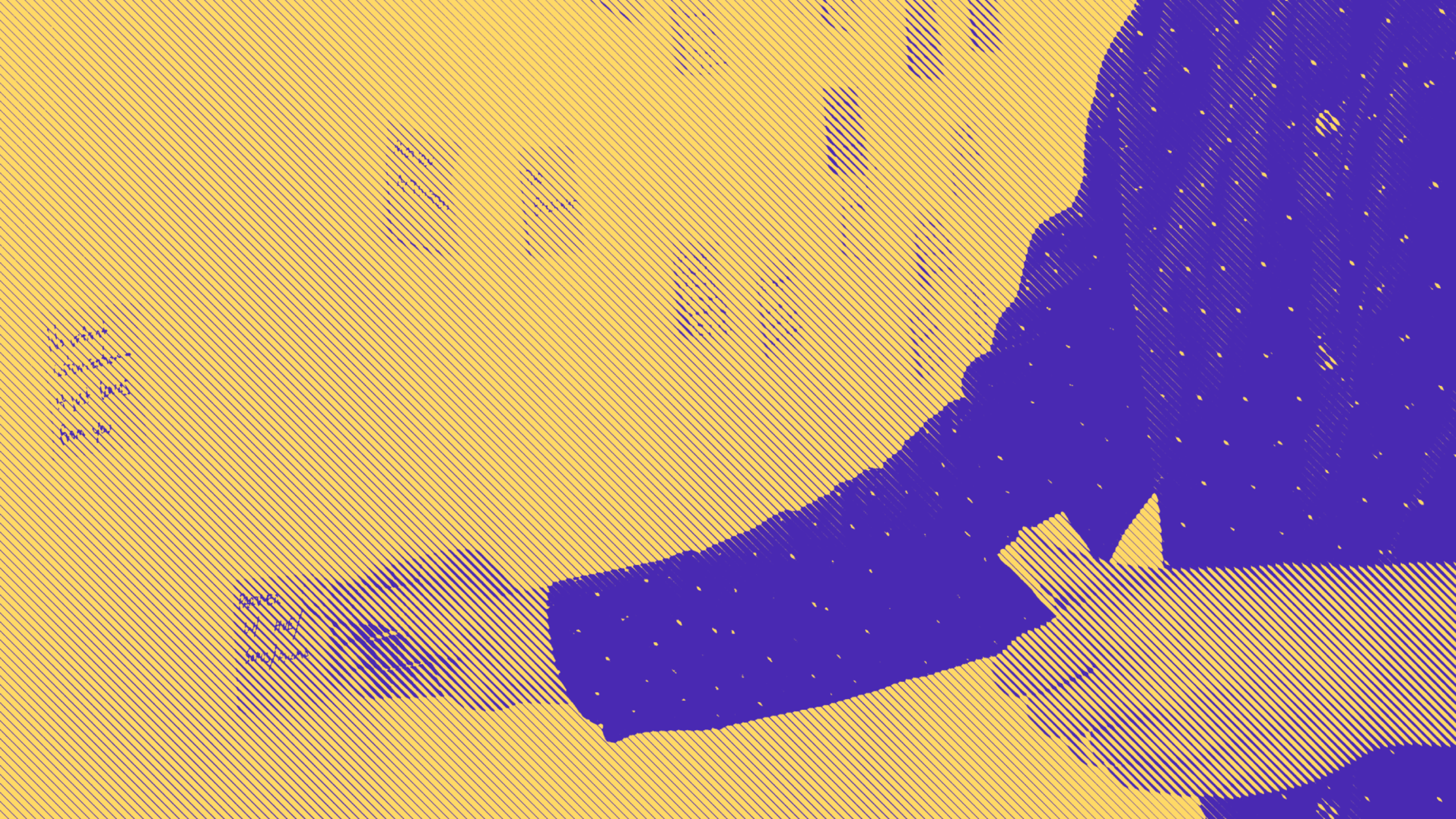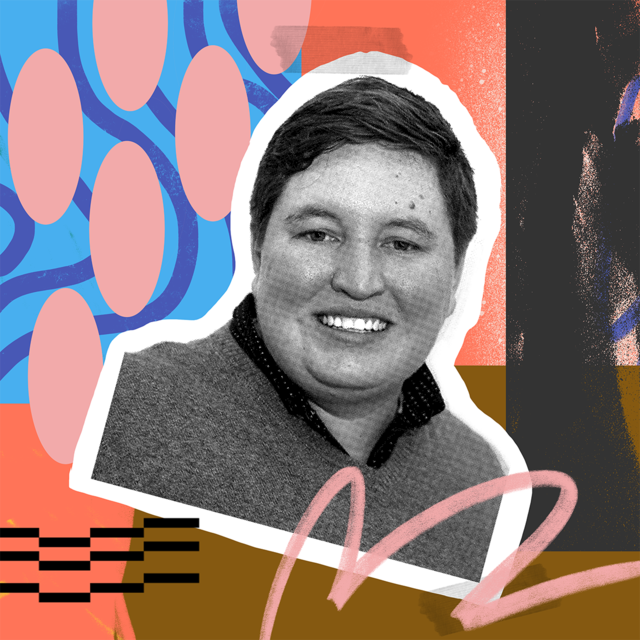
Community Series | InVision’s Adam Fry-Pierce and Mike Davidson on the 3 P’s of Community

As our series on community continues, we dig deeper into the fundamental elements that create a successful product community.
In the first episode of the community series, Adam Fry-Pierce, Director of Design Community and Curator of the Design Leadership Forum at InVision, shared what the InVision team considers to be the 3 P’s that guide their view of community. InVision’s VP of Partnerships and Community, Mike Davidson, joins the conversation to share how these principles look when put into action.
For the team at InVision, community means creating a better product while also creating a stronger community for designers everywhere.
Listen in to hear how efforts like the Design Leadership Forum and DesignBetter.co are helping InVision’s community of designers grow and evolve in unexpected and exciting ways.
- Connect with Adam
- Connect with Mike
- Learn more about InVision
- Connect with Christian
- Connect with Anna
- Learn more about Innovatemap
Past Episodes Mentioned:
Resources Mentioned:



